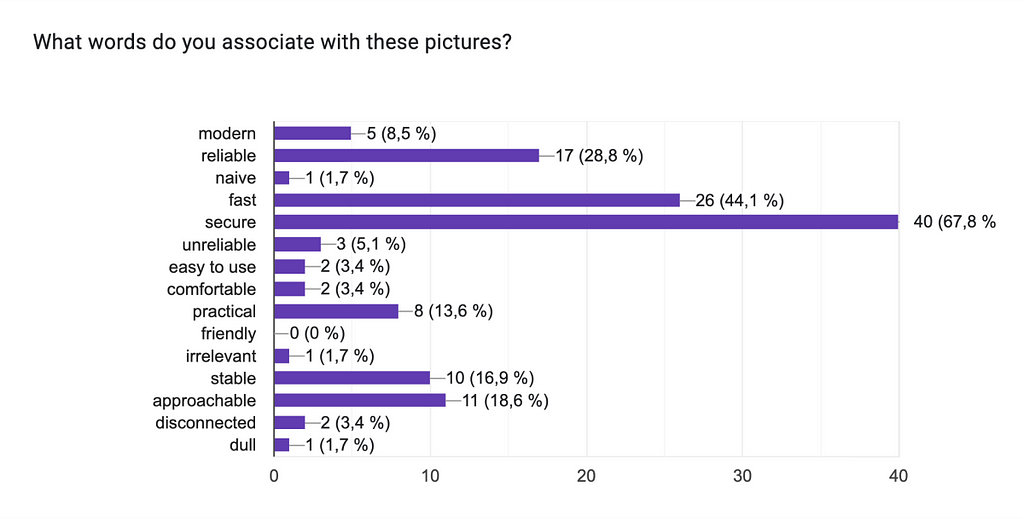
Hello! I’m Alex, an Art Director at Anthracite Design Studio. In our studio, we prioritize data-driven design. Today I want to share with you the case study showcasing our cost-efficient research strategy when the research phase wasn’t included in the scope of the contract.
Context
Our client already had functional VPN technology, yet struggled to define the target audience and articulate a clear vision for it for potential users. These pivotal tasks were entrusted to us. This journey was not without its share of challenges due to the limited time available and our desire to make decisions based on research.
Goal and Challenge
The research part was not initially outlined in our contract. However, driven by our desire to deliver outcomes based on data, we embraced the challenge of cost-effective research and expedited processes, all while ensuring no disruptions in the development process.
Research framework
To gather the initial data, we began with research within the JTBD framework to identify a customer segment already having a need for the kind of VPN technology our client had. Our initial hypothesis pointed to individuals within IT companies responsible for VPN solutions as our primary segment. To validate this, we planned to conduct about 10 in-depth interviews, spanning various IT positions, including CTOs and cybersecurity engineers.

Discovery: how we made it cost effective
This phase took only a few days and was cost-effective, as participants were sourced through our personal network and LinkedIn, also resulting in their willingness to share their thoughts. To avoid bias, we ensured that we did not interview people from the same “social bubble.” All our respondents were from different companies and roles.
Discovery results
This initial research phase revealed a critical insight: large corporations primarily relied on internal solutions, posing a significant challenge for our product’s market entry.
The most pivotal discovery came when we realized that our ideal users — those seeking an easy-to-use team VPN — can be found among startups, especially founders. As startups typically have sufficient resources and are driven by time sensitivity, they tend to favor straightforward solutions like ours. Following this realization, we conducted a subsequent round of interviews exclusively with startup founders, confirming our hypotheses within this specific and promising segment.

More testing
The earlier stage allowed us to set up a focus group to test our future UX/UI choices. After that, we conducted sequential monadic tests using the Microsoft Desirability Toolkit to assess visual appeal and identify the concept that effectively communicated the product’s value to our segment. We discovered that UI design played a crucial role in how potential customers made decisions. Many perceived a “hacker-style” look as faster, more reliable, and secure. Based on our discovery, we swiftly established the design system and developed the product’s UX/UI accordingly.

Final results
Despite a minor delay incurred at the outset, doing the research proved to be a smart strategic investment. As it subsequently expedited all following decision-making processes, resulting in a more streamlined and less stressful experience for both our team and the client.
In just two months, we turned challenges into opportunities by utilizing an efficient research framework and cost-effective tests. Our primary goal was to deliver a VPN app that aligned with both our client’s specifications and the expectations of the segment we pinpointed during our research. To facilitate the handover of our designs to developers, we developed a compact yet versatile design system, poised for future expansion. Additionally, we incorporated animations to further elevate the user experience with the app.

At Anthracite Studio we specialise in assisting startups and small IT-companies with their design processes if you want to solve business problems and achieve superior results contact us
hello@anthracite.studio
When Resources are Limited: Cost-Efficient Strategies for Delivering an App in Two Months Timeframe was originally published in UX Planet on Medium, where people are continuing the conversation by highlighting and responding to this story.